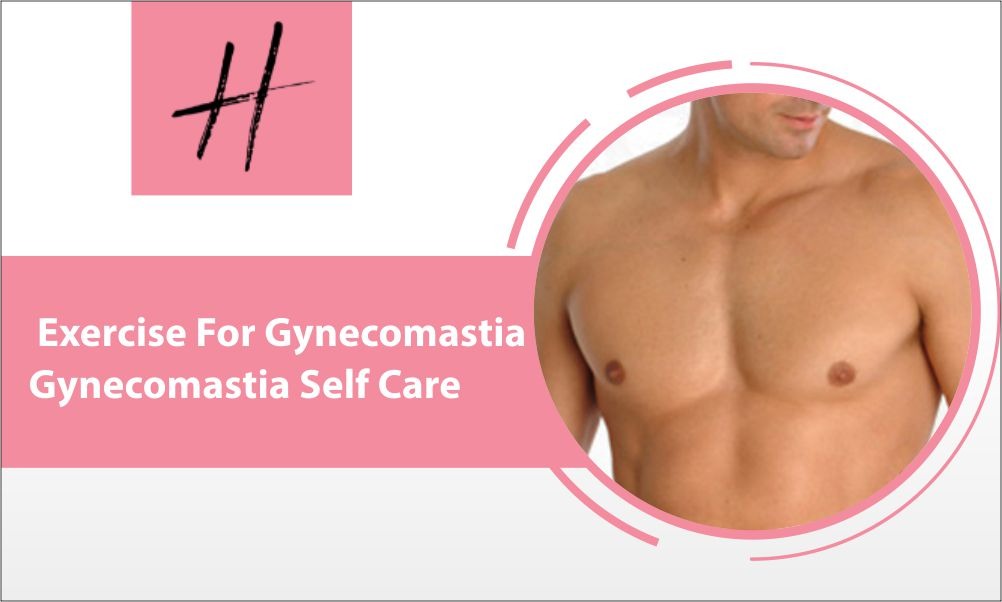Gynecomastia, the enlargement of male breast tissue, is a prevalent concern, and its impact becomes more pronounced in one’s 40s. In this stage of life, men encounter unique challenges related to different factors contributing to this condition. Common concerns include the possibility of developing gynecomastia at 40, the fastest way to find relief, practical strategies for managing its effects, and male gynecomastia surgery. Addressing these concerns is crucial in providing insights and guidance for individuals navigating gynecomastia in their 40s.
Understanding Gynecomastia in Your 40s
Reaching the age of 40 raises a pertinent question: Can you get gynecomastia at 40 years old? The answer is an affirmative yes. This is a legitimate concern that many men in their 40s face, and understanding the contributing factors is crucial.
Factors contributing to gynecomastia at 40:
- Hormonal Changes: Fluctuations in testosterone and estrogen levels, a natural part of aging, can trigger gynecomastia.
- Medication Side Effects: Certain medications prescribed for various health conditions may inadvertently lead to breast tissue enlargement.
- Lifestyle Factors: Unhealthy habits, such as excessive alcohol consumption or drug use, can contribute to the development of gynecomastia.
- Health Conditions: Conditions like hypogonadism, hyperthyroidism, or liver and kidney disease can impact hormone balance and lead to gynecomastia.
- Genetics: Predisposition can play a role, with a family history of gynecomastia potentially increasing the likelihood.
- Obesity: Excess body fat can lead to increased estrogen production, contributing to the development of enlarged breast tissue.
Understanding the potential onset of gynecomastia at 40 involves recognizing these multifaceted contributors, emphasizing the need for awareness and proactive health measures.
Related Blog: GYNECOMASTIA PINCH TEST – A Comprehensive Guide By Handa Aesthetics
Exploring Treatment Options
Addressing gynecomastia prompts the question: What is the fastest way to cure gynecomastia? While speed varies, treatment options abound:
Surgical Interventions
There are various surgical interventions available for man boobs treatment, each catering to different aspects of the condition:
Liposuction
Liposuction is a surgical technique that targets excess fat deposits in the chest area. Through small incisions, a cannula is inserted to suction out unwanted fat, sculpting a more contoured chest. This procedure is particularly effective for cases where gynecomastia is primarily due to fatty tissue accumulation. While offering relatively quick results, patients should be aware of potential risks such as bruising, swelling, and the need for recovery time.
Mastectomy
Mastectomy, a gynecomastia surgery, involves the surgical removal of glandular breast tissue, making it a more comprehensive solution for severe gynecomastia. This procedure provides a lasting outcome by eliminating the underlying tissue causing breast enlargement. Although it offers a more permanent resolution, mastectomy requires careful consideration due to potential scarring and a longer recovery period.
Tissue Excision
Tissue excision is another surgical method involving the removal of excess glandular tissue. This approach is suitable for cases where gynecomastia is primarily caused by the proliferation of glandular breast tissue rather than excess fat. While effective, it may involve longer recovery times and careful postoperative care to manage potential complications.
Combined Procedures
In some cases, a combination of liposuction and tissue excision may be recommended to address both fat and glandular tissue. This comprehensive approach aims to achieve optimal chest contouring and is tailored to the specific needs of the individual.
Non-Surgical Interventions
Numerous non-surgical interventions offer alternative avenues for managing gynecomastia, particularly for individuals seeking non-invasive approaches. These methods focus on lifestyle adjustments and pharmaceutical options to address the underlying causes. Explore the following non-surgical options to address and alleviate the challenges posed by gynecomastia:
Medication
In some cases, medications may be prescribed to regulate hormonal imbalances contributing to gynecomastia. However, the effectiveness of these drugs varies, and they may require continued use for sustained results. Consulting with a healthcare professional is crucial to determine the most suitable medication and dosage.
Lifestyle Strategies for Managing Gynecomastia
Managing gynecomastia in your 40s involves adopting practical lifestyle changes. If you are worrying about- How can I flatten my gynecomastia?, follow these healthy lifetyle adjustments:
- Maintaining a Healthy Diet: Adopting a balanced diet rich in fruits, vegetables, and lean proteins can aid in weight management, potentially reducing excess fat contributing to gynecomastia.
- Regular Exercise: Incorporating targeted exercises, including chest workouts and overall cardiovascular activities, supports muscle tone and may help alleviate gynecomastia.
- Avoiding Triggers: Steering clear of substances like excessive alcohol and illicit drugs is essential, as they can exacerbate gynecomastia symptoms.
Tips for Success
Let’s delve into crucial advice that goes beyond the generic. These actionable tips center around maintaining consistency in lifestyle changes, fostering open communication with healthcare providers, and establishing realistic expectations for a successful and sustainable path forward.
- Consistency in Lifestyle Changes: Achieving success in managing gynecomastia relies on the commitment to consistent lifestyle adjustments. Regular exercise, a balanced diet, and avoiding exacerbating factors contribute to sustained improvement.
- Open Communication with Healthcare Providers: Maintaining open dialogue with healthcare professionals ensures personalized guidance and monitoring. Regular check-ins allow for adjustments to the treatment plan based on individual responses and evolving needs.
- Setting Realistic Expectations: Establishing achievable goals is crucial for a positive journey. Realistic expectations foster patience and a more positive outlook throughout the process.
Seeking Professional Guidance
When you are concer about- “How do you treat gynecomastia in older men?”, involving healthcare professionals is paramount. They play a pivotal role in tailoring effective treatment plans. Seeking medical advice ensures a personalized approach, taking into account individual health factors. It’s natural to feel concerns or stigmas about discussing gynecomastia, but overcoming these reservations is crucial. Doctors are there to provide understanding and support, fostering an open dialogue for the best possible care. Seeking professional guidance is a proactive step towards managing gynecomastia with expertise and compassion.
Why Choose The Handa Aesthetics and Plastics?
Choose The Handa Aesthetics and Plastics for unparalleled excellence in gynecomastia treatment in Delhi. As the leading cosmetic surgery clinic in the capital, we offer quality healthcare with state-of-the-art facilities. With over 37 years of dedicated service by Dr. Arjun Handa and Dr. Shruti Handa, our clinic stands out with state-of-the-art I.C.U., 37 years of surgical excellence, a dedicated team of nurses and the best plastic surgeon, 24/7 patient care, a 100 bedded facility, the latest technology, and in-house laboratory and diagnostic services. Experience surgical excellence and compassionate care at Handa Aesthetics and Plastics, the best plastic surgery clinic in Delhi.




